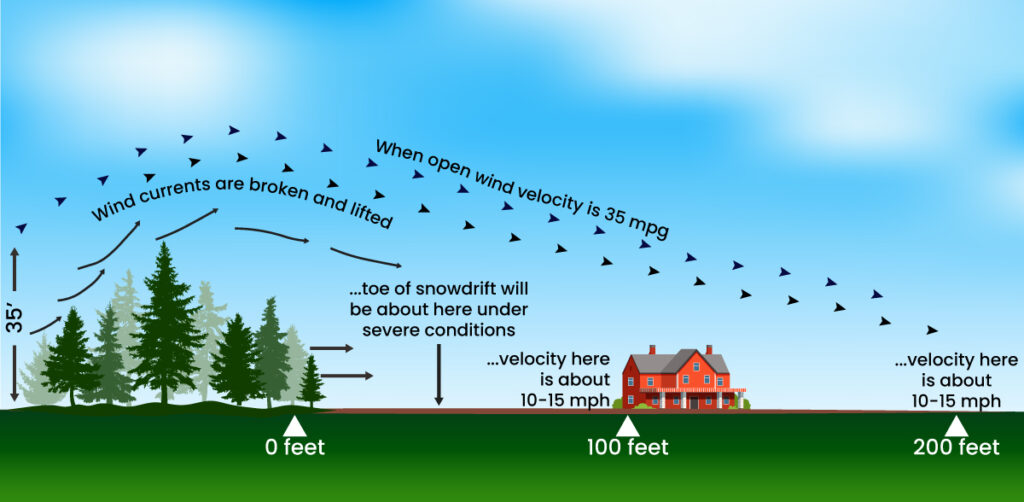Strong Winds in the Garden

When you are experiencing strong winds, especially for longer durations, it can have an adverse affect on your plants. Wind damage is hard to predict as the weather changes quickly, however there are some steps you can take to help minimize wind damage to your garden or landscape plants. Wind damages plants by tearing off leaves and flowers, breaking branches, and causing stems to collapse. Broken and torn plants are more susceptible to plant pests and diseases. Wind can also pull moisture from the foliage. This can lead to leaves wilting and turning brown. Check your plants more often during windy seasons and make sure it doesn’t dry out too fast, they might need more water than usual. Extreme wind has an influence on freezing temperatures, heat, and drought when it comes to the intensity that they affect the plant.
Wind breakers or barriers are an efficient way to keep plants from being damaged. It is best to use as a preventative because wind can occur at any time. When choosing a location for your garden, pay attention to the wind source. If it is an area that is prone to wind, try to have a wind barrier in place. This helps with erosion as well. It is important to not block the sun completely with a wind barrier unless your plants are shade loving. Natural windbreaks such as trees and shrub provide shelter from wind for smaller garden vegetables. Fencing also works well as a wind break. The best windbreaks temper the wind by allowing some air to pass through. This will reduce the intensity of the wind along the sides of the barrier. A strong barrier will be 40-50% permeable. Windbreak netting is sold in many gardening stores.
A shelter can be used in the event of strong wind. If you have smaller plants and can DIY a row cover, this helps create a shelter from winds and other elements for your plants. For any of your taller plants such as peas, runner beans, and tomatoes, staking or tying them up is important to keep them from snapping off. Plants with smaller leaves have an easier time from the wind as they are more permeable. Plants with larger, dense leaves such as a cabbage or rhubarb have a harder time withstanding wind storms. Lower lying crops such as root crops have an easier time with wind as their stems are buried. If any plants are harmed due to wind, keep a close eye on them for diseases and pests.


Comments are closed